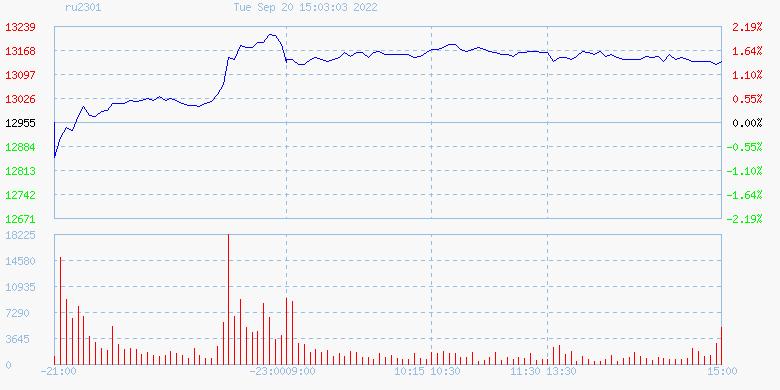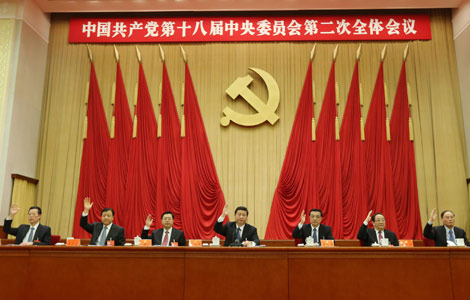SHFE (Jan 2023): Closed at 13,135 yuan (+180 yuan, or 1.3%)
SICOM TSR20 (Dec 2022): Closed at US$132.4 (+2.0 dollar, or 1.5%)
JPX OSK RSS3 (Feb 2023): Settled at 227.5 yen (+3.6 yen or 1.6%)
Despite the concern over an extremely aggressive policy tightening and rate hike by the U.S. Federal Reserve in its two-day FOMC meeting to be held today and tomorrow (Sep 20 and 21), natural rubber futures are bullish on the Shanghai, SICOM and Osaka exchanges today (Sep 20). On the Shanghai exchange, the most active Jan 2023 contracts closed today’s daytime trading at 13,135 yuan per ton (+180 yuan or 1.3%) and settled at 13,085 yuan (+130 yuan or 1.0%). (Please see the price chart below).

On the SICOM exchange, TSR20 contracts for Dec 2022 expiration closed today’s (Sep 20) trading at US$132.4 per 100 kg (+$2.0 or 1.5%). The RSS3 contracts traded on the JPX Osaka exchange (Feb 2023 expiration) settled today’s trading at 227.5 yen per kg (+3.6 yen or 1.9%) by 3.15 PM.
The 20th Congress of the Chinese Communist Party, scheduled to begin on Oct 19, is expected to make major decisions to bring the slowing Chinese economy back to growth track. It is widely expected that the Party Congress would decide implementing a well-designed stimulus package and policy easing by focusing on faster economic recovery and growth momentum. In that case, the demand outlook for NR from the largest consuming country can substantially improve starting from the end of this year. The decisions of the 20th Party Congress will be crucial in determining the pace of NR market starting from the end of October. As speculative investors are likely to bet on the potential outcomes of the Party Congress, rubber futures are likely to gain on the Shanghai exchange even ahead of the Party Congress. To be more specific, the Party Congress in China can potentially act as a supporting factor for the rubber futures contracts traded on the Shanghai exchange from now onwards.
According to a statement by China’s state planner yesterday (Sept 19), China will speed up fund injections to expedite project construction and boost domestic consumption. Let us stay tuned with the outcome of the 20th Party Congress of the Chinese Communist Party.
The period from January to June is the lean season of rubber production globally. In China, the lean season of NR production begins by early December due to the extreme low temperature in its key rubber growing regions. Farmers totally abstain from tapping during the extreme low temperature as harvesting under extreme low temperature can damage the trees. The supply from Vietnam also comes down by December as leaf-shedding begins earlier in the country compared with other major producing countries. The domestic shortage in China from the beginning of December, seasonal shortage in Vietnam starting from December, and global low supply from January onwards, can potentially lift the prices by the end of December or early January. From this perspective, rubber futures contracts for January 2023 expiration onwards can be a good bet for speculative investors.
However, demand prospects for natural rubber from developed countries will remain impacted at least till the third quarter of 2023 by the economic repercussions arising from the tight financial market conditions and abnormally high interest rates in the respective countries. It implies that the supply-induced gains in NR market anticipated from January onwards, would be limited. The slowing economic growth in the developed world is likely to prevent the market from making major gains.
